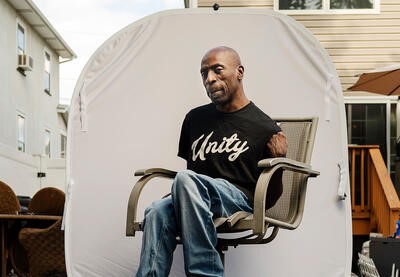OTAN News
Confronting Ableism on the way to Justice
“Being Black and a child with cerebral palsy, or ‘crippled’ as I was called, neither I nor my classmates were expected to put forth any effort to learn. So, little effort was spent on teaching us. The simple act of requesting that actual math be taught got me sent to the principal’s office.” Article Writer, Keith Jones explained in this Magazine article featured in Learning for Justice. Jones’ takeaway message inspires educators to look beyond the barrier to learning and the intersection of race or gender, for example, and have high expectations as well allow them voice and agency.
Even with family members active in the social justice and civil rights struggles, “disability wasn’t in the mix of those power topics about justice.” Jones’ “earliest experience of the intersectionality of my identities not being fully considered, except in ways that created barriers.” Furthermore, he was “unaware to what extent racism and ableism were shaping his ability to be educated.” Even with conversations about police interaction or the legal system reform, “disability is rarely addressed.” And it needs to be included in every conversation.
“Unfortunately, in organizing and advocating for larger justice issues, the disability community, regardless of their shared identities, has been marginalized within these larger movements. And within the disability rights struggle itself, intersecting identities have also been pushed to the corners.”
WHERE WE CAN GO?
A recommendation from Jones is to focus on “inclusive spaces, high expectations for students with disabilities and training for all educators. Listening to the perspectives of those with lived experience is key to understanding that disability is not a problem to solve but part of the total human experience to embrace.”
WHAT DO YOU THINK?
Why aren’t people with disabilities included in the conversation? Are they included in your agency discussions about programs? What about students with many identities including disabilities? How are they a part of the conversation at your school?


